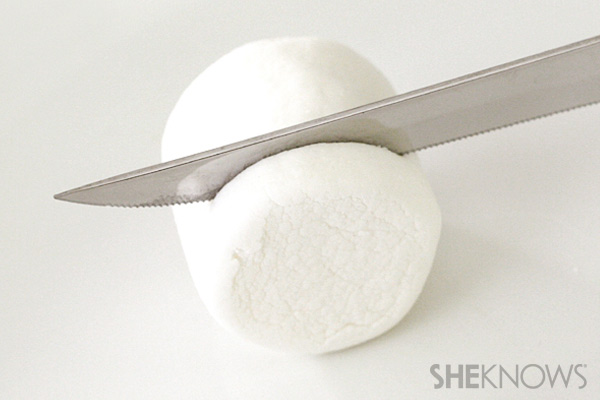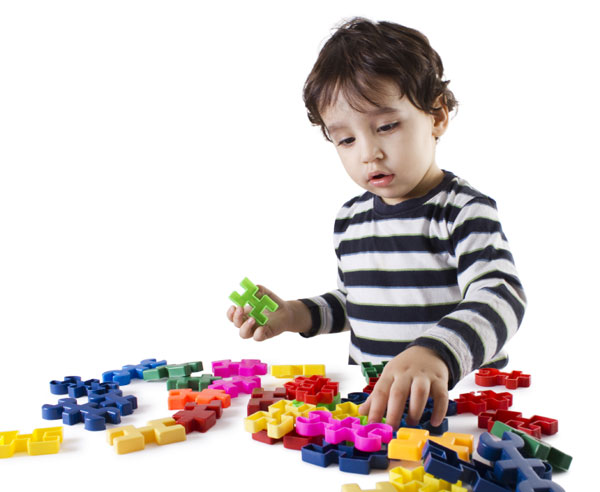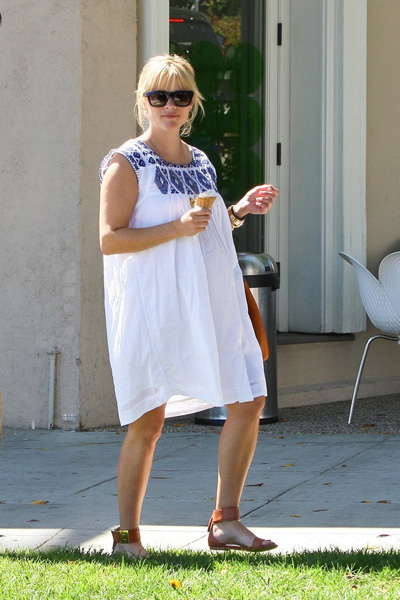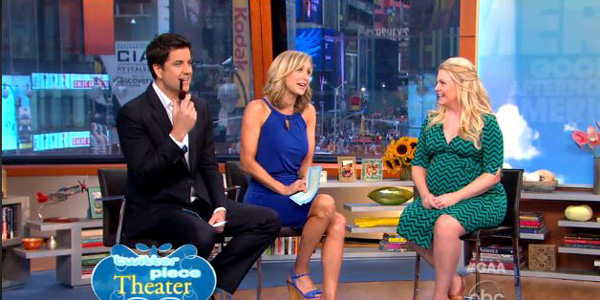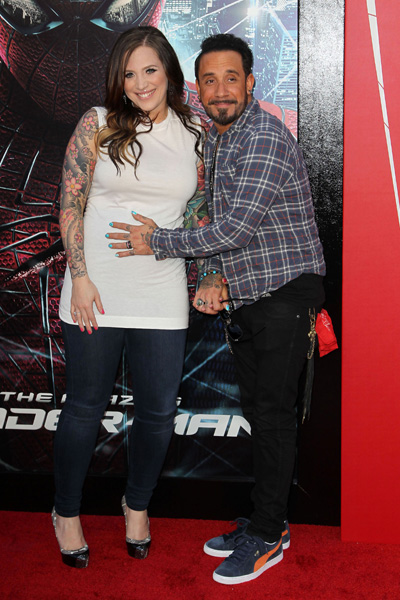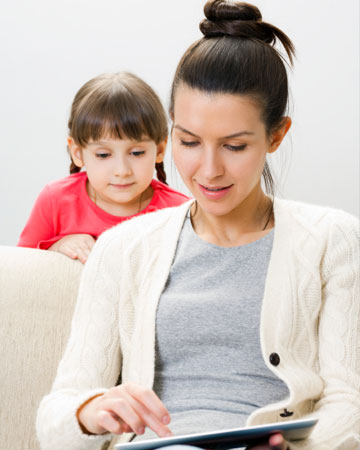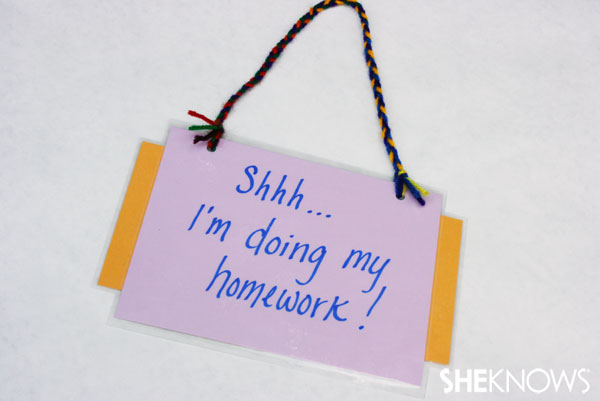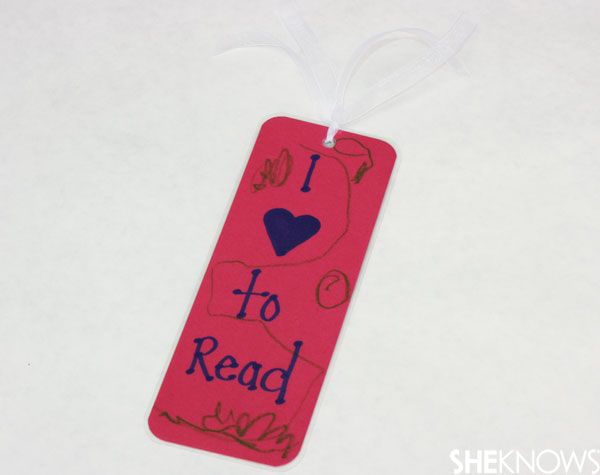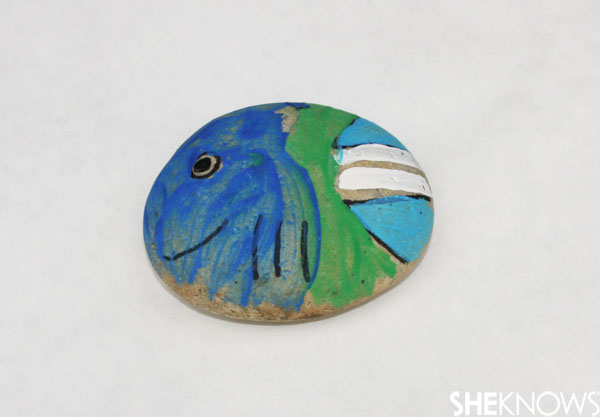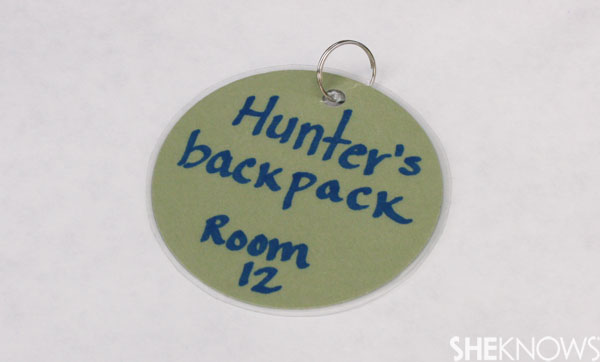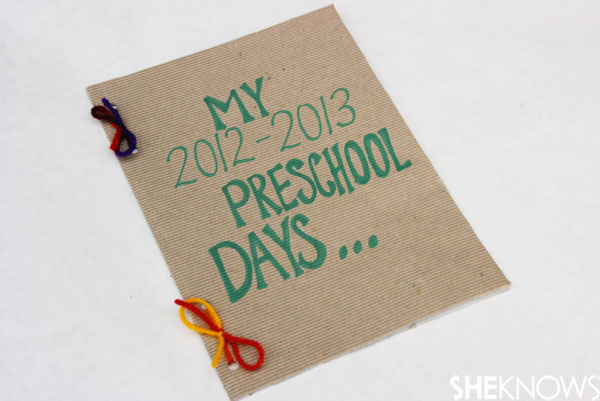
Why a preschool classroom in your home?
When you set up a preschool-like classroom or space in your own home, you’re helping your child learn and fine-tune gross motor skills while playing with age-appropriate — and often play-based — toys. This environment also encourages independence as well as social interactions between parent and child and between child and peers.
The Montessori method is a common and popular preschool curriculum for both Montessori-based preschools and traditional preschools. Montessori learning consists of using all of the human senses to experience and learn from the toy, object, place or experience presented to the child. Because preschool-aged children naturally rely greatly on their senses, Montessori tends to be one of the more natural environments for them.
Homeschooling methods: How to find the right approach for your family >>
How to model the Montessori method in your own home
These tips make creating a Montessori learning environment in your home easy and fun for your preschooler.
-
Tip: If you have a child with Sensory Processing Disorder or special needs, a space filled with sensory materials can help calm and engage your child through transitions and play time.Read up about the Montessori method and how it’s easy to implement with a preschool-aged child.
- Set up everything at or below the eye level of the child.
- Make the space inviting, colorful and engaging.
- Organize your space to encourage productive play.
- Once your child has mastered an activity or toy , create an extension. An extension is simply taking the activity to the next level. For example: You can trace or rub crayons over leaves in between two sheets of paper and then take a nature walk in your yard to experience the leaves in the trees and on the ground.
- Introduce everyday activities and chores into your child’s play time. Pouring a pitcher of water, sweeping the floor or washing the windows are all activities that preschoolers enjoy and they count as productive play time.
How to set up a preschool room or space
You can easily make a room in your house, a playroom or even a section of a bedroom or living room into a preschool area for you child. The main thing to remember is to make everything easily accessible to your child.
By placing toys, games and activities on low shelves, in baskets or displayed on a child-sized table, your child’s natural reaction is to explore and experience those items that are within reach.
Think outside the box to create an educational play space for your child by utilizing your furniture and storage space to its best ability. A bookshelf in a living room can be used to house children’s books, puzzles and baskets full of toys and activities while the bottom shelf on a console table can house manipulation toys like block tracks, push toys and more.
Art can be made anywhere — especially when you incorporate a chalk wall, hanging paper rack or child-sized easel into your home décor.
Incorporate your child’s play furniture into your home décor by using a train table for a coffee table, a child-sized table and chairs in the corner near the toys and floor pillows to encourage a safe and comfortable reading spot.
Label your toy storage bins to teach placement and organization while keeping things in its place. Once you open up your home to being a preschool classroom, you will find that toys and objects that were otherwise contained to a bedroom or playroom will now be in your living space. By modeling and encouraging clean-up time, your child will learn at an early age the skill and importance of chores and organization.
Building brains with building blocks: The importance of kinesthetic play >>
More on preschoolers
Prepare your child for preschool during the summer
Keep learning fun for preschoolers
Fun lunchtime learning activities for your preschooler


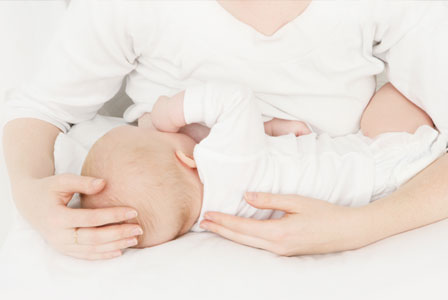




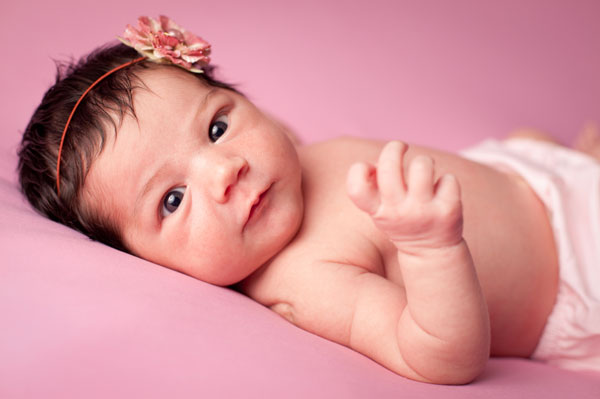

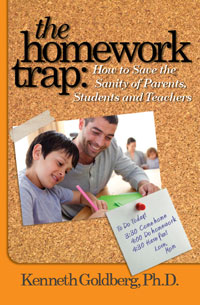 Dr. Kenneth Goldberg
Dr. Kenneth Goldberg Dr. Goldberg: Time is a central issue in resolving homework problems. Most homework problems stem from the fact that children do not work at the same pace. But at home, children are expected to work into the night, no matter how long it takes, to get the work done. This is highly persecutory, and I daresay abusive, to the slower working child.
Dr. Goldberg: Time is a central issue in resolving homework problems. Most homework problems stem from the fact that children do not work at the same pace. But at home, children are expected to work into the night, no matter how long it takes, to get the work done. This is highly persecutory, and I daresay abusive, to the slower working child.


 Alternate light cheese cubes, thin slices of prosciutto rolled up and asparagus tips.
Alternate light cheese cubes, thin slices of prosciutto rolled up and asparagus tips.


